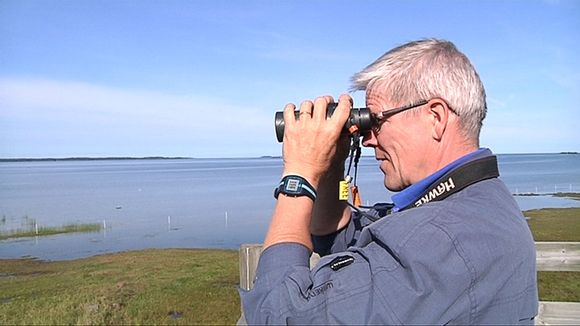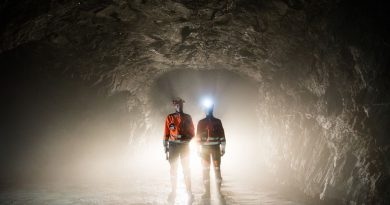Remembering Finland bog protection controversy

Work to create nature reserves in the Ostrobothnia region as part of the EU’s Natura 2000 project felt like pulling teeth at several junctures, says one conservationist.
Biologist Harri Hongell says he witnessed several heated exchanges between local landowners and environmental authorities, and his life was even threatened. But he says that now that the protected areas have been established, the war is over.
The Natura 2000 project administered by the Southern Ostrobothnia ELY-Centre comprises 200 separate areas, including swamps, pastures and localised concentrations of individual species in need of protection. Finland’s swamps in particular harbour some of the world’s most unique vegetation and come in many shapes and sizes: calcium-rich fens, rugged string bogs and wooded swamps.
Natura 2000 is a network of nature protection areas in the territory of the European Union. It is made up of so-called Special Areas of Conservation and Special Protection Areas designated respectively under the Habitats Directive and Birds Directive. The network includes both terrestrial and marine sites, known as Marine Protected Areas.
In May 1992 the governments of the European Communities adopted legislation designed to protect the most seriously threatened habitats and species across Europe. The Habitats Directive complements the Birds Directive adopted earlier in 1979 and they together make up the Natura 2000 network of protected areas.
For the love of bogs
“Swamps like the kinds found in Finland are rare in Europe, especially in terms of their scale. They contain a large variety of vegetation and species that doesn’t exist elsewhere in Europe, or elsewhere in the world for that matter. It is classified as a special protection area, and therefore should be conserved,” says retired biologist Harri Hongell.
The Natura 2000 programme in Ostrobothnia also protects floodplain forests, which are extremely rare. Areas like this are rich with rare trees, lady’s slipper orchids and unique butterfly species. Several old pasture areas are also included in the Natura scope, as are sections of the seashore where primary succession land elevation is apparent.
Most of the Natura protected areas in Ostrobothnia are in good condition, says Hongell, but many waterway shorelines are in danger of becoming overgrown. Reeds in particular pose a real threat to shallow shorelines. He says the most effective way to combat their encroachment would be to re-introduce livestock grazing.
“At first, a good clearing would be in order in places that are badly overgrown. Then some cows or sheep would be the best way to keep the landscape in prime condition,” Hongell says.
Worth it in the end
The Finnish State has sunk a great deal of money into purchasing the protected areas. Hongell believes that without EU funding, there is little chance that the valuable areas would have been well cared for. His personal opinion is that Natura was necessary.
“It preserved a lot of beautiful and valuable natural landscapes for posterity,” he says.
The project required a lot of perseverance and elbow grease, as much had to be done in a short time. Land owners and the environmental authorities clashed, sometimes fiercely. The shortage of time caused also caused matters to be carried to extremes, admits the biologist.
“The project was not without its fair share of negative feedback,” says Hongell who said he even received death threats.
But now the Natura 2000 project in Ostrobothnia is near completion and the nature conservation areas have been either acquired or addressed in another way.
“The warring is now over. Now we can begin to care for and maintain the areas in question.”
Related stories from around the North:
Canada: “Dumpcano” costs mounting in Canada’s eastern Arctic, Radio Canada International
Finland: CEO’s order led to Finland Talvivaara disaster, Yle News
Norway: Norway is polluting Murmansk says Russian official, Barents Observer
Russia: Counting elusive Finnish forest reindeer in Russian Karelia, Yle News
Sweden: Sweden tackles microplastics problem, Radio Sweden
United States: Arctic ice extent stays clear of record low, Alaska Dispatch News



